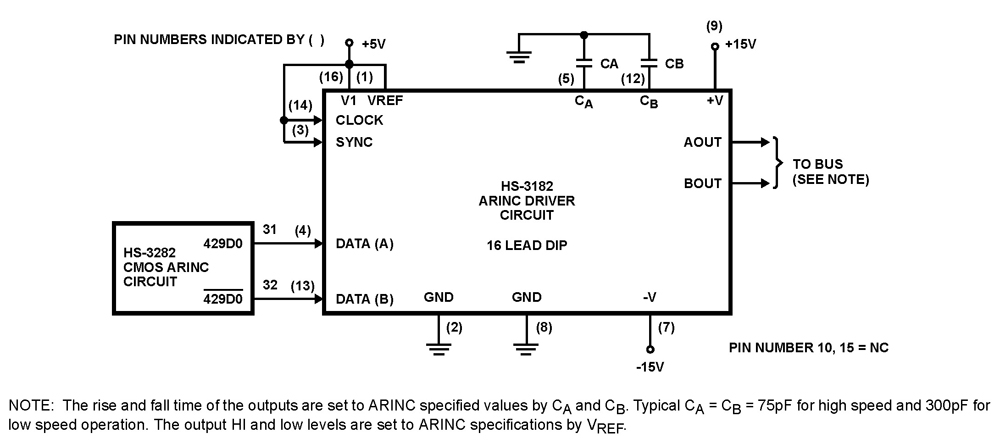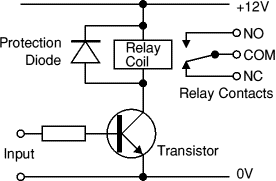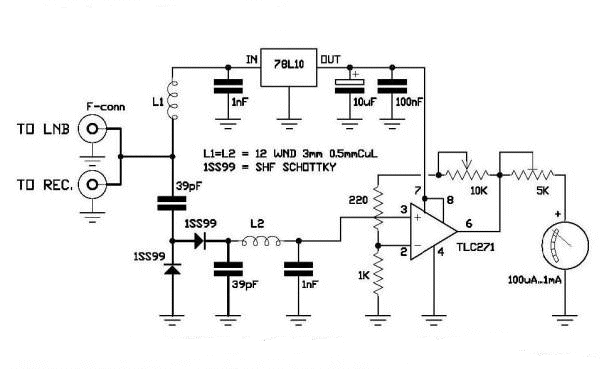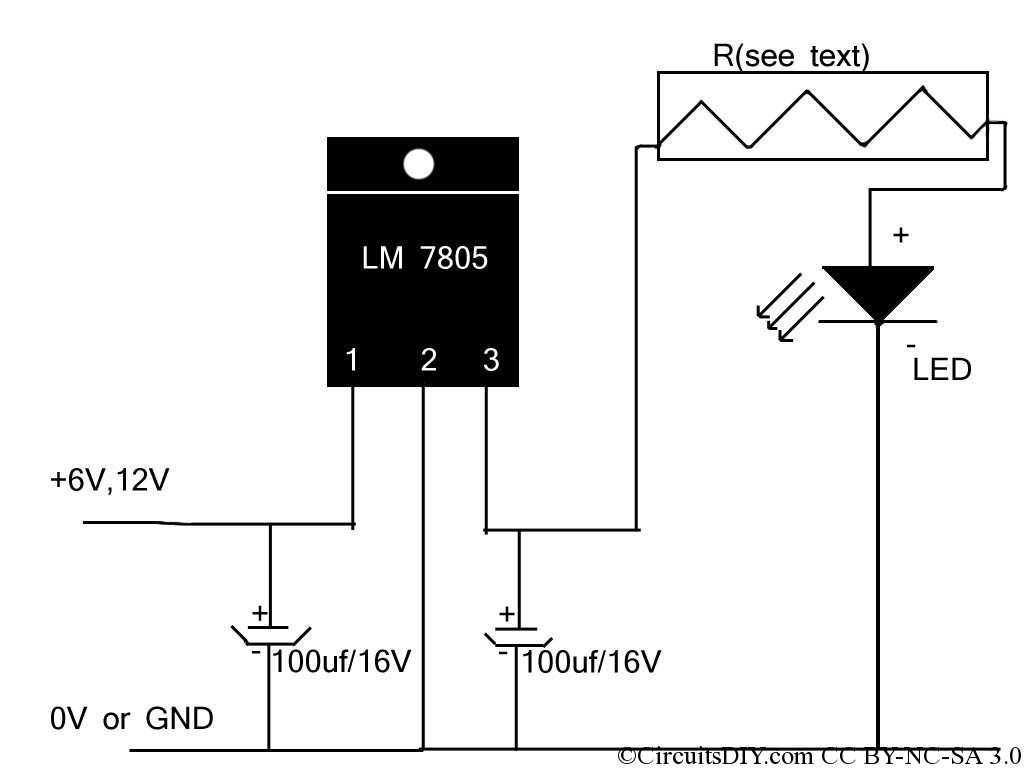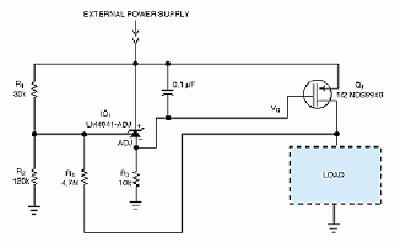
Light-Wave Voice-Communication Receiver Circuit

This light-wave receiver comprises a 741 operational amplifier functioning as a preamplifier and an LM386 operational amplifier serving as a power amplifier. The gain control is managed by a potentiometer labeled R2. Various types of detectors can be utilized as the front end of the receiver. While phototransistors exhibit high sensitivity, their performance is compromised in environments with excessive ambient light. Additionally, a 100 kΩ series resistor is necessary when employing a phototransistor. Alternatives such as solar cells, photodiodes, and LEDs made from the same semiconductor material as the transmitter are also effective in this circuit.
This light-wave receiver circuit is designed to efficiently detect and amplify light signals. The core components include the 741 operational amplifier, which acts as a preamplifier to boost the weak signals received from the light detectors. The LM386 then serves as a power amplifier, increasing the signal strength further for transmission or processing.
The gain control potentiometer, R2, allows for fine-tuning of the amplification level, enabling the user to adapt the circuit's sensitivity based on the specific requirements of the application. This feature is particularly important when dealing with varying light conditions or when using different types of light detectors.
Phototransistors are a popular choice for light detection due to their high sensitivity; however, they are not ideal in high ambient light conditions. In such environments, the use of a 100 kΩ series resistor is recommended to limit current and protect the phototransistor from potential damage. The circuit can also accommodate other types of light detectors, such as solar cells, photodiodes, and LEDs. These alternatives can provide reliable performance, especially when matched with the semiconductor material of the light source, ensuring compatibility and optimal operation.
Overall, this light-wave receiver circuit is versatile and adaptable, making it suitable for various applications, including remote control systems, light-based communication, and environmental monitoring. Proper selection of components and careful consideration of gain settings will enhance the circuit's effectiveness in diverse operational conditions. This light-wave receiver consists of a 741 operated as a preamplifier and an LM386 operated as a power amplifier. Potentiometer R2 is the gain control. Various kinds of detectors can be used as the front end of the receiver. Phototransistors are very sensitive, but they do not work well in the presence of too much ambient light.
A 100-kQ series resistor is required if you use a phototransis-tor. Solar cells, photodiodes, and LEDs of the same semiconductor as the transmitter all work well in this circuit. 🔗 External reference
This light-wave receiver circuit is designed to efficiently detect and amplify light signals. The core components include the 741 operational amplifier, which acts as a preamplifier to boost the weak signals received from the light detectors. The LM386 then serves as a power amplifier, increasing the signal strength further for transmission or processing.
The gain control potentiometer, R2, allows for fine-tuning of the amplification level, enabling the user to adapt the circuit's sensitivity based on the specific requirements of the application. This feature is particularly important when dealing with varying light conditions or when using different types of light detectors.
Phototransistors are a popular choice for light detection due to their high sensitivity; however, they are not ideal in high ambient light conditions. In such environments, the use of a 100 kΩ series resistor is recommended to limit current and protect the phototransistor from potential damage. The circuit can also accommodate other types of light detectors, such as solar cells, photodiodes, and LEDs. These alternatives can provide reliable performance, especially when matched with the semiconductor material of the light source, ensuring compatibility and optimal operation.
Overall, this light-wave receiver circuit is versatile and adaptable, making it suitable for various applications, including remote control systems, light-based communication, and environmental monitoring. Proper selection of components and careful consideration of gain settings will enhance the circuit's effectiveness in diverse operational conditions. This light-wave receiver consists of a 741 operated as a preamplifier and an LM386 operated as a power amplifier. Potentiometer R2 is the gain control. Various kinds of detectors can be used as the front end of the receiver. Phototransistors are very sensitive, but they do not work well in the presence of too much ambient light.
A 100-kQ series resistor is required if you use a phototransis-tor. Solar cells, photodiodes, and LEDs of the same semiconductor as the transmitter all work well in this circuit. 🔗 External reference
Warning: include(partials/cookie-banner.php): Failed to open stream: Permission denied in /var/www/html/nextgr/view-circuit.php on line 713
Warning: include(): Failed opening 'partials/cookie-banner.php' for inclusion (include_path='.:/usr/share/php') in /var/www/html/nextgr/view-circuit.php on line 713
